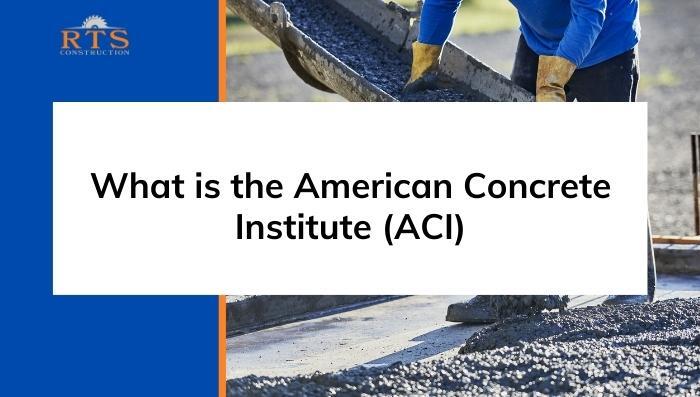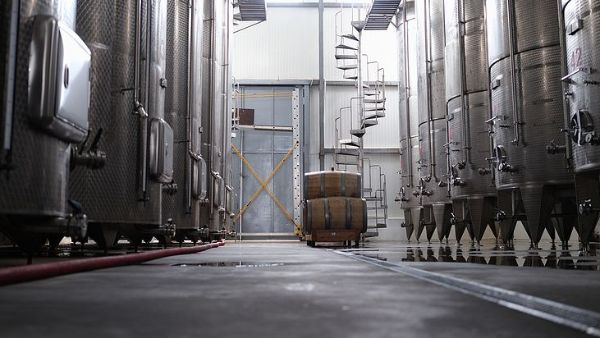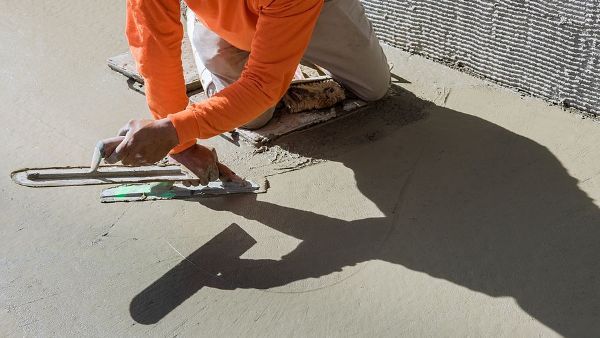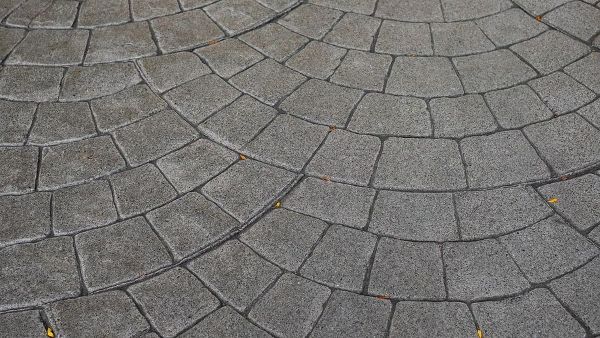Spotlight on the American Concrete Institute, the First and Last Word on Concrete
A Closer Look at the American Concrete Institute
Concrete is such a critical element in what we know as the built environment. It’s the world’s most commonly used building material, and the second-most used material in the world after water. From the roads we drive on to the pipelines used to deliver water, concrete may very well be the MVP of modern civilization. It has various applications, ranging from massive structures to decorative uses. What differentiates structural from ornamental concrete in terms of strength? Who sets the standards for how concrete is designed, mixed, and poured? Is it the engineer? Perhaps it’s a concrete contractor.
Establishing a New Path
It’s hard to imagine that there was a time when concrete wasn’t viewed favorably in construction. There were no standards for concrete formation leading to inconsistent performance. This led to a 1904 editorial by Charles C. Brown in a fall issue of the magazine Municipal Engineering where he called for the forming of an organization to bring order to the industry by establishing standards for concrete. Within a few months, the National Association of Cement Users was formed in Indianapolis, Indiana.
Setting the Standard
After adopting a constitution and bylaws, the association began to hold regular conventions and publish the proceedings. In 1910, they formally adopted the “Standard Building Regulations for the Use of Reinforced Concrete” which was their first building code. In the following years, they would adopt more standards and begin publishing a monthly journal of convention proceedings. In order to better reflect their mission and work, the NACU Board of Directors decided to change the organization’s name to the American Concrete Institute.
Today, the American Concrete Institute is all about crafting and distributing consensus-based knowledge on concrete, both in design and construction. ACI is one of the foremost authorities on standards, technical resources, education, and expertise for individuals, businesses, and organizations that work in concrete design, construction, and materials. They’ve adopted and disseminated several standards and guides on concrete member design, repair and rehabilitation, concrete mixes and applications, and the use of concrete in construction. Their website is http://www.concrete.org.
Getting the Right Mix
Concrete is a composite material usually made from fine and coarse aggregates (sand and rocks), water, and cement. The materials usually form a slurry that has a particular viscosity or workability, allowing it to be poured and molded into various shapes. The cement also reacts with the other materials, causing the entire mixture to cure or harden. As the mixture cures, it grows stronger. Depending on the application, concrete needs to gain a minimum strength to meet its intended design requirements. Concrete performance, or lack thereof, is depending on several factors:
- Proportions of its components: How much cement is used relative to the water and aggregates.
- The workability or flow of mixed concrete: If the mixture isn’t loose enough, it could be difficult to pour concrete into the desired shape, leaving voids in a structure. If the mixture is too loose, it may not achieve the required strength. This “workability” is often called the “slump.”
- Curing conditions: Weather conditions can negatively impact the setting of concrete. If it’s too hot, too cold, or too wet, the concrete may not perform as expected.
- Mixing conditions: If concrete is overmixed or undermixed, it may not cure properly also leading to performance issues.
When concrete doesn’t perform as required, the consequences can be catastrophic.
Understanding the Need for ACI
The need for standardization becomes clear when you think about all the factors that can affect concrete performance. ACI provides guidance based on research, development, and consensus among scholars and practitioners.
- Architects, engineers, and designers: ACI publishes the “ACI 318 Building Code Requirements for Structural Concrete,” which provides instruction on how to design various structural members, such as beams, columns, slabs, and walls.
- Suppliers: ACI publishes guides on components, additives, mixing, and curing conditions necessary for concrete to achieve strength and performance requirements.
- Concrete Contractors: ACI offers training programs and certifications for installing, handling, and inspecting concrete in construction.
- Students: ACI provides materials and resources for students and young workers to learn about concrete creation and design.
Leading the Way
ACI is a global organization with over 30,000 members in over 120 countries. There are over 94 chapters and 244 student chapters, sharing knowledge and resources on concrete. They are headquartered in Farmington Hills, Michigan with locations in Dubai, United Arab Emirates, Chicago/Midwest, and Southern California. As a leading authority on the world’s most widely used building material, ACI is committed to maintaining concrete standards and promoting sound design, construction, and material principles for architects, engineers, concrete contractors, suppliers, students, and researchers.
RTS Construction is your go-to for concrete construction in Northern California. We bring over 30 years of experience in successfully delivering concrete jobs to our customers. We commit to excellence not only in completing the work but in managing projects as well. From foundations to hardscapes and more, we bring the reliability and quality you expect in concrete construction. Contact us today at (707) 318-4430 or send us a message to explore your options.





